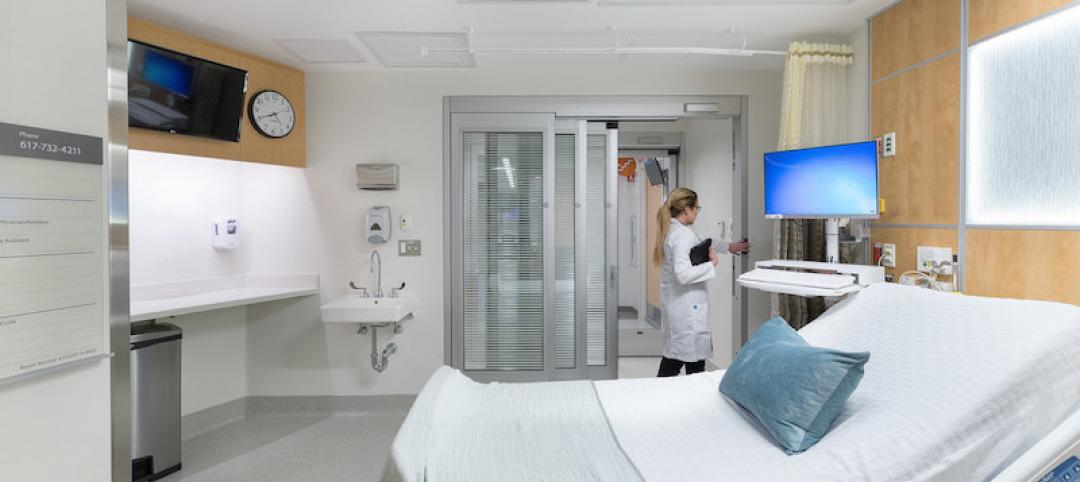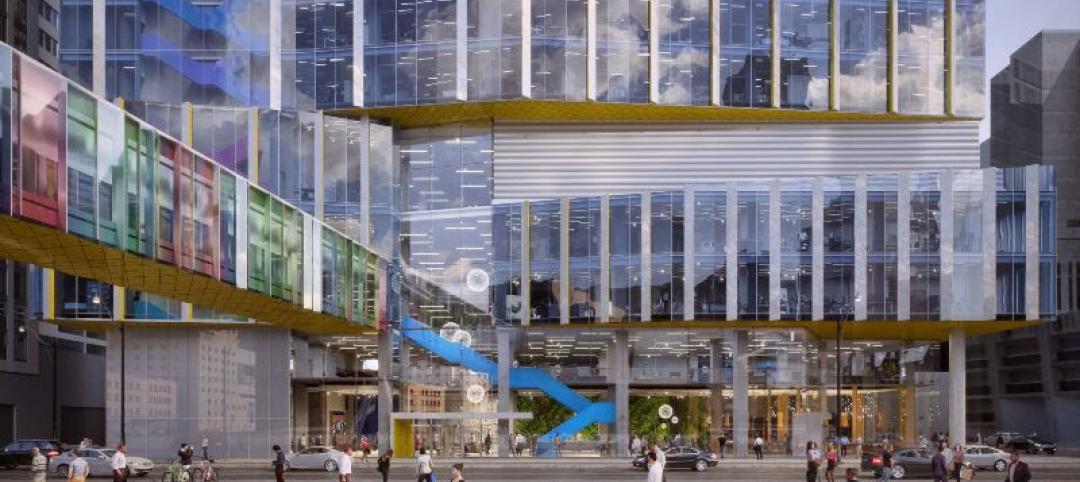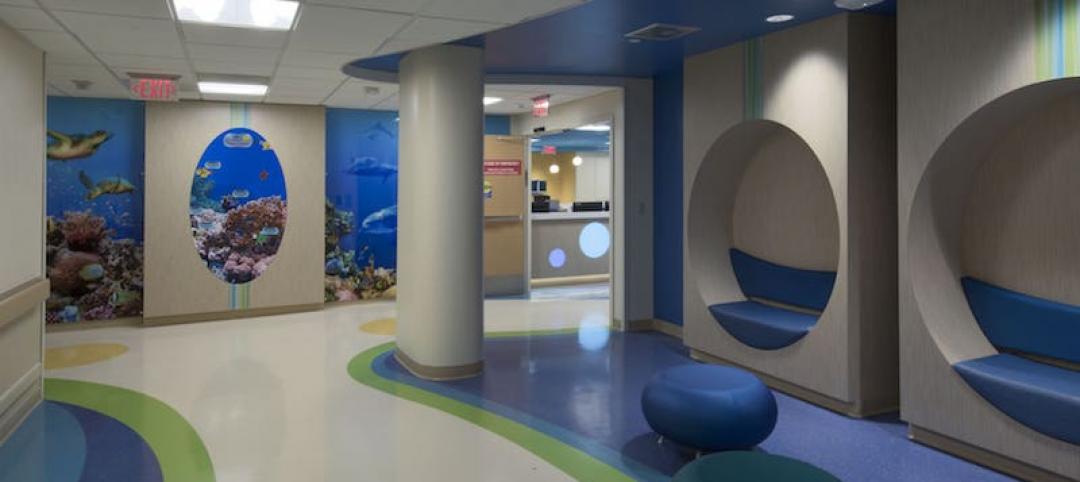The occasional pleasant surprise is always nice, but an unanticipated tornado is rarely greeted with enthusiasm. Most of us prefer a relatively predictable future with adequate warning when the occasional storm heads our way.
Unfortunately, our current political drama has made our healthcare clients view the future of their business environment in much the same way most of us approach the latest weather report. We want to stay abreast of the latest news, but what we hear is greeted with skepticism.
Just as very few of us would bet a significant amount of our wealth on the reliability of weather predictions, our healthcare clients are struggling with how best to approach long-term planning when our national healthcare policy seems to change with the nightly news cycle.
Within this rancorous political environment and the uncertainty that it imposes on the healthcare industry, architects are asking themselves how they can best serve their healthcare clients with decisions that have significant cost and long-term implications.
Our advice to fellow architects and clients alike is to focus on what you know and avoid speculative investments.
We know, for example, that most of the nation’s healthcare infrastructure is aging, with many hospital campuses occupied by buildings that are ill-suited to meet the demands of modern healthcare.
We know that we have an aging Baby Boomer population that will require care and treatment for chronic problems that accompany old age. We also know that they are living longer than their parents did.
We’re aware, too, that the demographic and financial composition of the country is evolving. We know that many of the rural areas of the country are poorly served and lack adequate healthcare services. We also know that many urban areas have inadequate or poorly distributed trauma services.
These realities provide direction for where healthcare providers might make meaningful and defensible investments—at least until the political seas calm and the way forward is a bit more predictable.
For healthcare architects, these realities also offer potential opportunities for marketing strategies that can be tailored toward the types of projects that might surface during this stressful period. Projects could include the modernization of existing facilities, conversions from semi-private rooms to private rooms, or energy system upgrades that reduce operating costs.
More proactively, healthcare planners and designers might consider bundling services that are directed toward strategically assisting their clients with assessing opportunities within their existing healthcare campuses—opportunities that could improve operational efficiency, space utilization, and throughput.
Architects may be as ill-equipped to resolve the healthcare policy turmoil as everyone else, but healthcare designers are very well positioned to assist their clients strategically with insight and creativity—not only to navigate the stormy waters that are currently roiling the industry, but also to make meaningful interventions that provide long-term value to the communities they and their healthcare clients serve.
Related Stories
Healthcare Facilities | Apr 3, 2019
Children’s Hospital at Sacred Heart addition includes 175,000 sf of new construction
HKS Architects designed the addition.
Healthcare Facilities | Mar 29, 2019
Former grocery store becomes a cancer care center in New Jersey
Francis Cauffman Architects (FCA) designed the adaptive reuse project.
Healthcare Facilities | Mar 27, 2019
Working to reduce HAIs: How design can support infection control and prevention
For many health systems, seeking ways to mitigate HAIs and protect their patients is a high priority.
Healthcare Facilities | Mar 6, 2019
What is the role of the architect in healthcare data security?
Safeguarding sensitive data is top of mind for healthcare administrators across the country, and, due to the malicious intents of hackers, their security efforts are never-ending.
Healthcare Facilities | Feb 20, 2019
A new hospital in Qatar reflects local culture in its design
Three ceramic-clad sails transport its exterior.
Healthcare Facilities | Jan 31, 2019
First phase of SickKids campus redevelopment plan unveiled
The Patient Support Centre will be the first project to comply with Toronto’s Tier 2 Building Standards.
Healthcare Facilities | Dec 12, 2018
Almost Home Kids opens third residence in Illinois for children with health complexities
Its newest location is positioned as a prototype for national growth.
Healthcare Facilities | Dec 7, 2018
Planning and constructing a hybrid operating room: Lessons learned
A Hybrid operating room (OR) is an OR that is outfitted with advanced imaging equipment that allows surgeons, radiologists, and other providers to use real-time images for guidance and assessment while performing complex surgeries.
Healthcare Facilities | Nov 30, 2018
As telehealth reshapes patient care, space and design needs become clearer
Guidelines emphasize maintaining human interaction.
Healthcare Facilities | Nov 28, 2018
$27.5 million renovation of Salah Foundation Children’s Hospital completes in Fort Lauderdale
Skanska USA built the project.

















